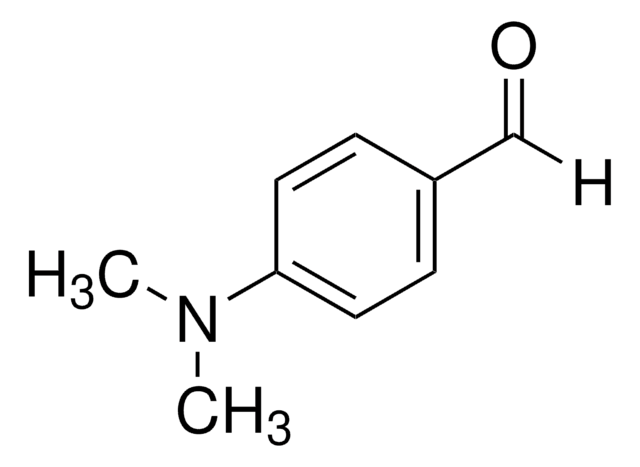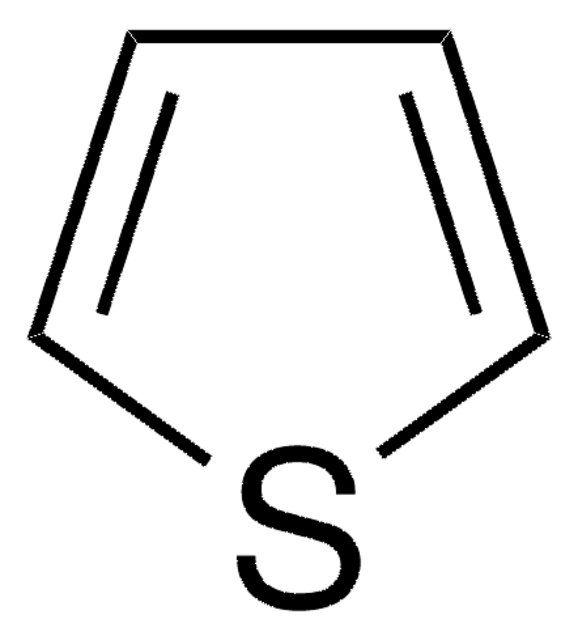Wichtige Dokumente
07689
O‘Meara‘s Reagenz
suitable for microbiology
Synonym(e):
Voges-Proskauer Test mit O’Meara Reagens
About This Item
Empfohlene Produkte
Produktlinie
BioChemika
Qualitätsniveau
Haltbarkeit
limited shelf life, expiry date on the label
Zusammensetzung
creatine, 0.3 g
dist. water, 100 mL
potassium hydroxide, 40 g
Verpackung
pkg of 100 mL
Lagerbedingungen
(Tightly closed. Dry.)
Methode(n)
microbe id | metabolite detection: suitable
Anwendung(en)
environmental
food and beverages
microbiology
Eignung
Enterobacter spp.
Klebsiella spp.
Neisseria spp.
Pseudomonas spp.
Allgemeine Beschreibung
Anwendung
Hinweis zur Analyse
Signalwort
Danger
H-Sätze
Gefahreneinstufungen
Acute Tox. 4 Oral - Eye Dam. 1 - Met. Corr. 1 - Skin Corr. 1A
Lagerklassenschlüssel
8B - Non-combustible corrosive hazardous materials
WGK
WGK 2
Flammpunkt (°F)
Not applicable
Flammpunkt (°C)
Not applicable
Persönliche Schutzausrüstung
Faceshields, Gloves, Goggles, type ABEK (EN14387) respirator filter
Hier finden Sie alle aktuellen Versionen:
Besitzen Sie dieses Produkt bereits?
In der Dokumentenbibliothek finden Sie die Dokumentation zu den Produkten, die Sie kürzlich erworben haben.
Artikel
For microbiologists the most fundamental stain was developed in 1884 by the Danish bacteriologist Hans Christian Gram.
Sigma-Aldrich.com presents an article concerning Differentiation of Escherichia coli from coliforms.
Unser Team von Wissenschaftlern verfügt über Erfahrung in allen Forschungsbereichen einschließlich Life Science, Materialwissenschaften, chemischer Synthese, Chromatographie, Analytik und vielen mehr..
Setzen Sie sich mit dem technischen Dienst in Verbindung.







